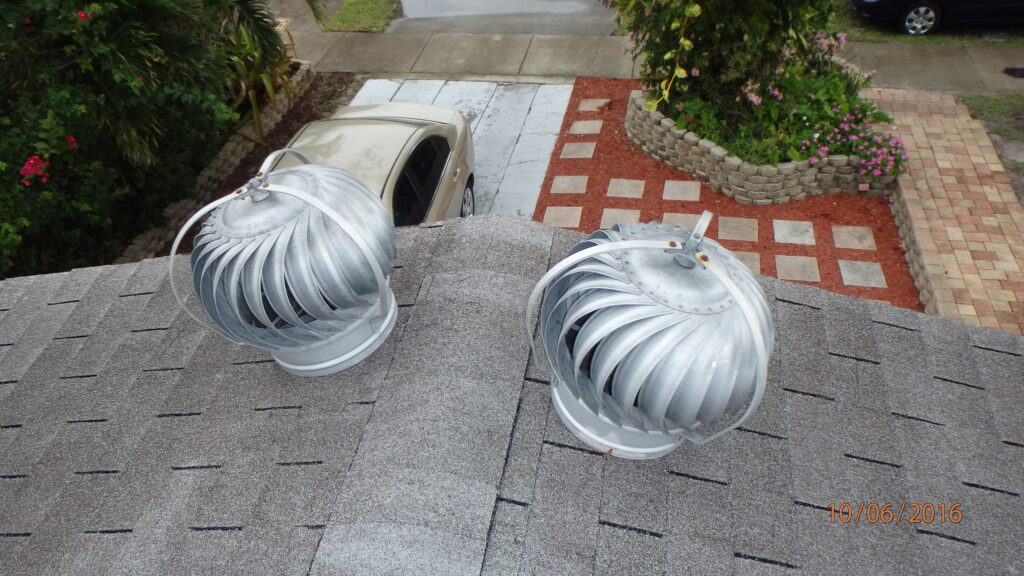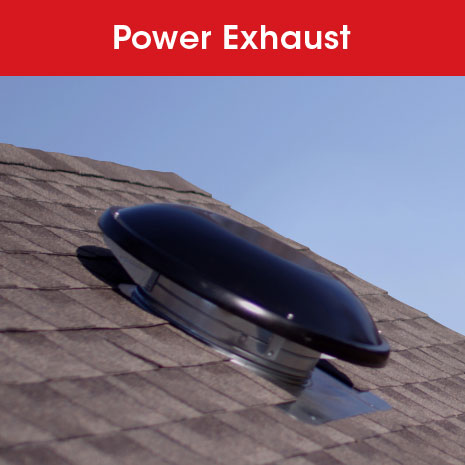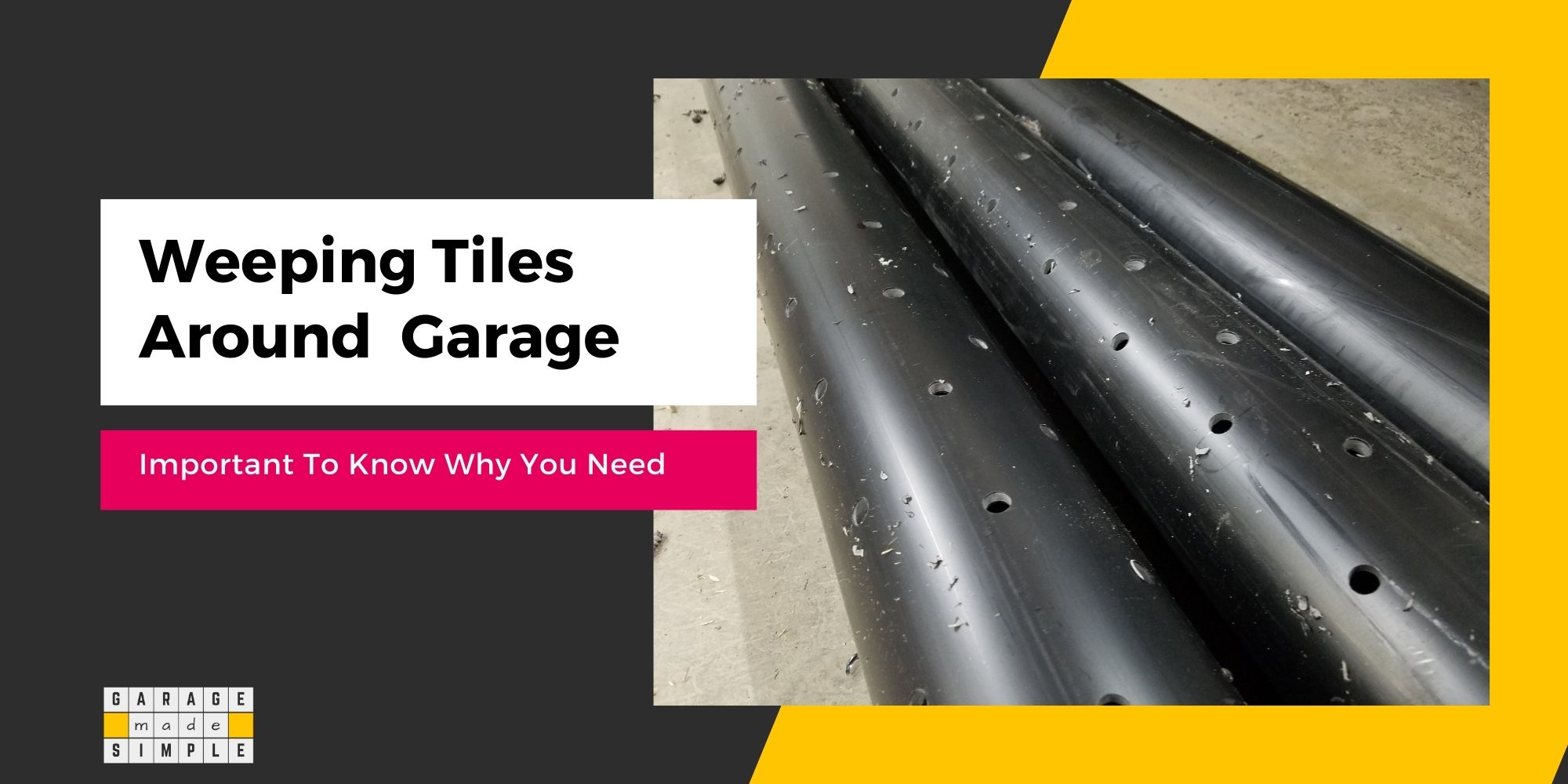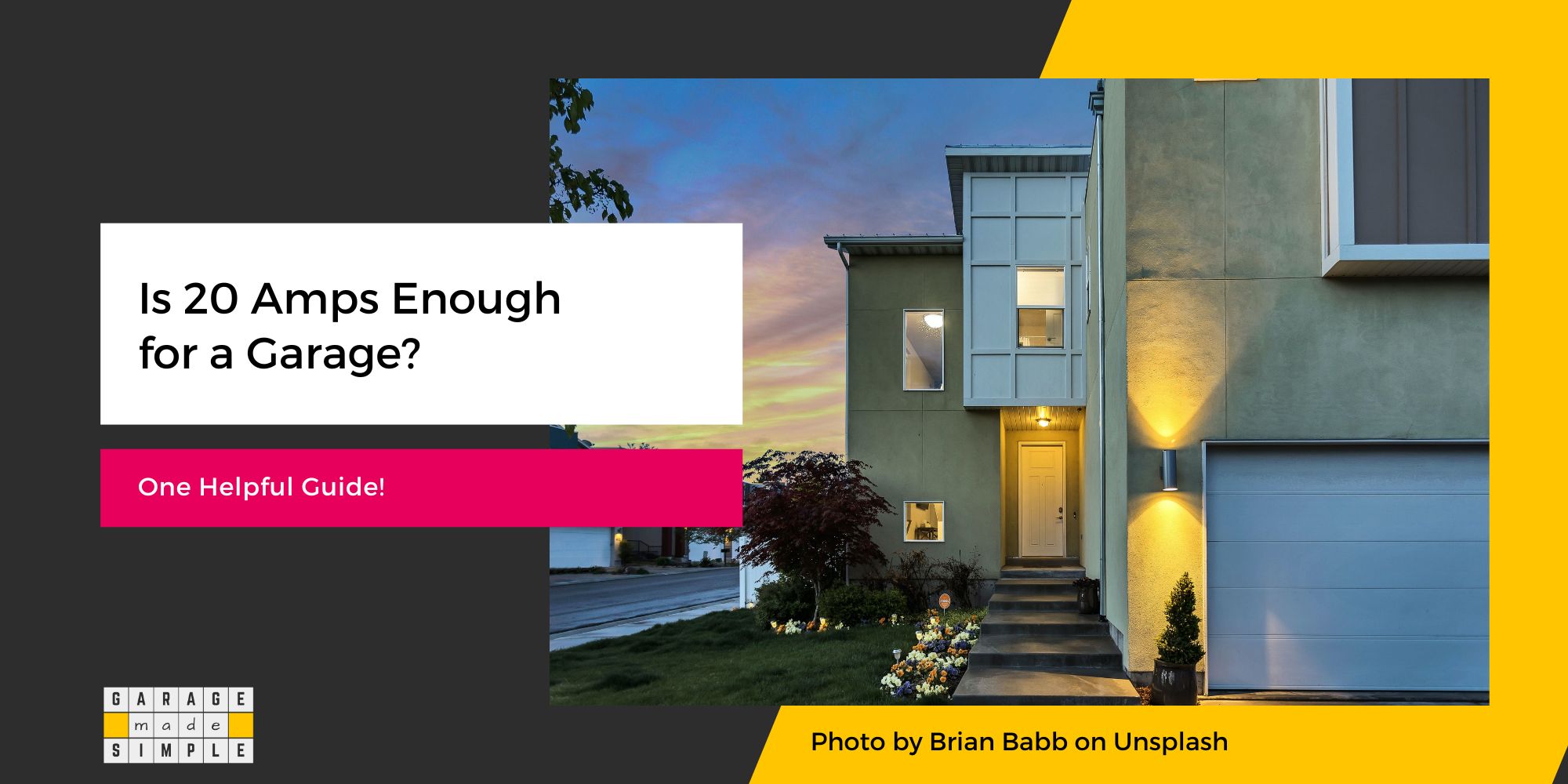Does A Detached Garage Need Roof Vents? Surprising Benefits Explained!
garagemadesimple.com is a participant in the Amazon Services LLC Associates Program, an affiliate advertising program designed to provide a means for sites to earn advertising fees by advertising and linking to Amazon.com . The website is also an affiliate of a few other brands.
You see roof vents on big box retail stores, warehouses and factories, all the time as you drive past them. But Why Does A Detached Garage Need Roof Vents? Garage Roof Vents are not mandatory but they can improve ventilation, especially in a detached garage.
Roof Vents in a Detached Garage can increase air circulation and cool down the garage in hot weather. A Detached Garage with Roof Vents will become a healthier and a more livable space. The chances of mold growth or pest infiltration will also be reduced.
In this post I will explain what roof vents are, how they work, and how a detached garage can benefit from installing a few roof vents. I will also explain why air circulation is important and what are the recommended levels.
What are Garage Roof Vents & How do they Work?
You might have noticed vertical cylindrical structures jutting out of large retail stores, warehouses or factories. I must say they do not look pretty. But they are there for a very important reason. They are the roof vents or the roof turbines that keep the air moving.
Roof vents or roof turbines are in fact turbines. Curved fan-like blades are mounted on a central axle. Even a small air movement sets the blades in motion. Just like a fan, the roof vent moves the air from the inside of the garage to the outside.
You need ventilation in a garage, just like you need ventilation in your house. If anything there are more reasons for ventilation in a garage. You need ventilation irrespective of whether the garage is insulated or uninsulated, attached or detached.
Passive Roof Vents
Passive roof vents are one of the garage ventilation options at your disposal. Passive roof vents do not require an energy source as they use the natural movement of air.
Hot air is lighter than cold air and it rises up. This upward movement of hot air within a building, such as a garage, is enough to set the roof turbines in motion. Any wind will further increase the effectiveness of the Roof Wind Turbine.
The warm air moves out of the garage to the exteriors. It is replaced by cold air from the garage wall vents or the garage door. The fan blade curves are designed such that the roof vent acts like a one way valve. Air can go out but can not come in.
A wind powered roof turbine is an energy neutral way to get the hot air out of your garage. It cools as it ventilates and does not cost anything to run. Needs minimal maintenance too. Passive Roof Turbines are very useful when you need to have your garage attic vented.

Get 12 in. Mill Finish Aluminum Internally Braced Whirlybird Wind Turbine at Home Depot
Solar Powered Roof Vents
Solar powered roof vents for a garage are a great option. In summer the hot sun can heat up your garage to unbearable levels, but a solar powered roof vent can use the sun’s radiation to run the roof turbine and cool the garage, for free.
Maybe the wind in your area is not enough. In which case a roof wind turbine may not be able to do the job. In that case you can install a roof mount attic fan. Think of it as an exhaust fan for the roof.

Check out 1000 CFM Mill Power Roof Mount Attic Fan from Masterflow at Home Depot. It is available in Electric, Solar or Hybrid options.
Roof Vents with Exhaust Fans
At times it may become necessary to use power roof vents to eliminate toxic or obnoxious fumes. The garage may not be hot enough to set up the desired rate of air movement. An exhaust fan, connected to the roof vent, directly or using a duct will be helpful.
Why Does A Detached Garage Need Roof Vents?
Garage roof vents have several benefits that include:
- Keeping the garage cool in summer
- Eliminating fumes and obnoxious smells
- Discouraging mold & mildew growth
- Improving energy efficiency of the garage
- Preventing moisture buildup
- Protecting stored items
- Increasing the lifespan of the garage roofing system
In addition to the above benefits, roof vents also help to improve air quality in the garage. This is important if you use your garage for hobbies or DIY activities.
There are a variety of different types of roof vents available, including ridge vents, gable vents, and soffit vents. The best type of roof vent for your detached garage will depend on the design of the roof and the climate in your area.
Garage Roof Vents Keep it Cool in Summer
Most detached garages have just one opening, the garage door. Some may have a side door. You may add a window to one of the walls. However, windows in detached garages are not such a great idea as burglars can easily get through them.
In summer, especially in the southern states, the temperature outside hovers above the 100 deg F mark. Guess what the temperature inside the detached garage that is not insulated, not ventilated and not air conditioned.
The detached garage will be at least 20 deg F higher.
There is no way you can be in that garage and get any work done. Even when you are not using the garage, imagine how your cars and other valuables are degrading in the intense heat.
A hot detached garage, without a roof vent, is also bad news for the roof shingles, as all the hot air sits just under them.
Installing a few garage roof vents is an easy way to keep your detached garage cool, even when the doors are closed. Once installed, there will be no running cost in case of passive or solar powered roof vent.
Garage roof vents are especially helpful if you have a bathroom, laundry room or mudroom in your garage!
Garage Roof Vents Help Eliminate Fumes
A detached garage, especially the one that is sparsely used, is poorly ventilated. The garage door may not be opened for long periods of time. Fumes may build up in the garage. Some of them are just obnoxious while others could actually be hazardous.
Some fumes to be aware of are listed below:
Carbon Monoxide from car exhaust is a poisonous gas, colorless, odorless and tasteless gas. It deprives the heart of oxygen and can result in loss of consciousness and suffocation.
Gasoline Fumes from leaks in car fuel tanks & lines, spills from jerry cans etc. The fumes are flammable.
Chemical Fumes from improperly stored paints and garden & cleaning chemicals.
A ventilation arrangement where you have Garage Wall Vents in the lower half of the garage and Garage Roof Vents on the top, will maintain good air circulation.
Fumes will be eliminated from the detached garage through the roof vents. All this will be accomplished passively and without any running cost or effort.
Garage Roof Vents Discourage Mold & Mildew Growth
The chances of growth of mold & mildew in a detached garage are very high. You will know that there is mold growth in your garage by the unmistakable musty smell.
Both mold & mildew can have adverse effects on human health.
The adverse effects of mold on human health can include respiratory issues, such as asthma, heart problems, joint pain, migraines, fatigue and depression.
The adverse effects of mildew on human health are relatively milder. Inhaling mildew can lead to coughing, breathing difficulty and headaches.
Mold & Mildew tend to thrive in a detached garage. Mold spores are in the air, everywhere, all the time. All they need is to land on the garage wall or some other spot that will provide them with the environment they grow in. They need:
- Organic food sources such as wood, textiles, paper etc.
- High humidity or damp, wet surfaces & some warmth
- Dark, dingy lighting conditions &
- Poor air circulation
A detached garage can provide them with all of these.
Garage Roof Vents increase air circulation and discourage mold & mildew growth to an extent.
How Much Ventilation does a Detached Garage Require?
Section 312.1 of the 2018 International Building Code (IBC) lists Private Garages in the “Utilities and Miscellaneous Group U”. Buildings & Structures in Group U are not classified in any Specific Occupancy Group.
However, IBC does state that such buildings & structures “shall be constructed, equipped and maintained to conform to the requirements of this code commensurate with the fire and life hazard incidental to their occupancy”
While this leaves a lot to the judgement and interpretation of the local building code authorities, you must keep in mind that a garage, even a detached garage, has evolved far beyond a “utility” space.
I would strongly recommend that a detached garage should be ventilated to comply with The US Environmental Protection Agency (EPA) guidelines and ANSI/ASHRAE Standard 62.2-2019 for living spaces, as far as possible.
Indoor Air Quality
The US Environmental Protection Agency (EPA) defines Indoor Air Quality (IAQ) as:
Indoor Air Quality (IAQ) refers to the air quality within and around buildings and structures, especially as it relates to the health and comfort of building occupants.
On the same website they give the recommended air changes per hour as per ASHRAE
ASHRAE (formerly called the American Society of Heating, Refrigerating and Air-Conditioning Engineers) recommends (in its Standard 62.2-2019, “Ventilation and Acceptable Indoor Air Quality in Residential Buildings”) that homes receive 0.35 air changes per hour but not less than 15 cubic feet of air per minute (cfm) per person. as the minimum ventilation rates in residential buildings in order to provide IAQ that is acceptable to human occupants and that minimizes adverse health effects.
Thank you very much for reading the post. I do hope you found it informative and useful.






